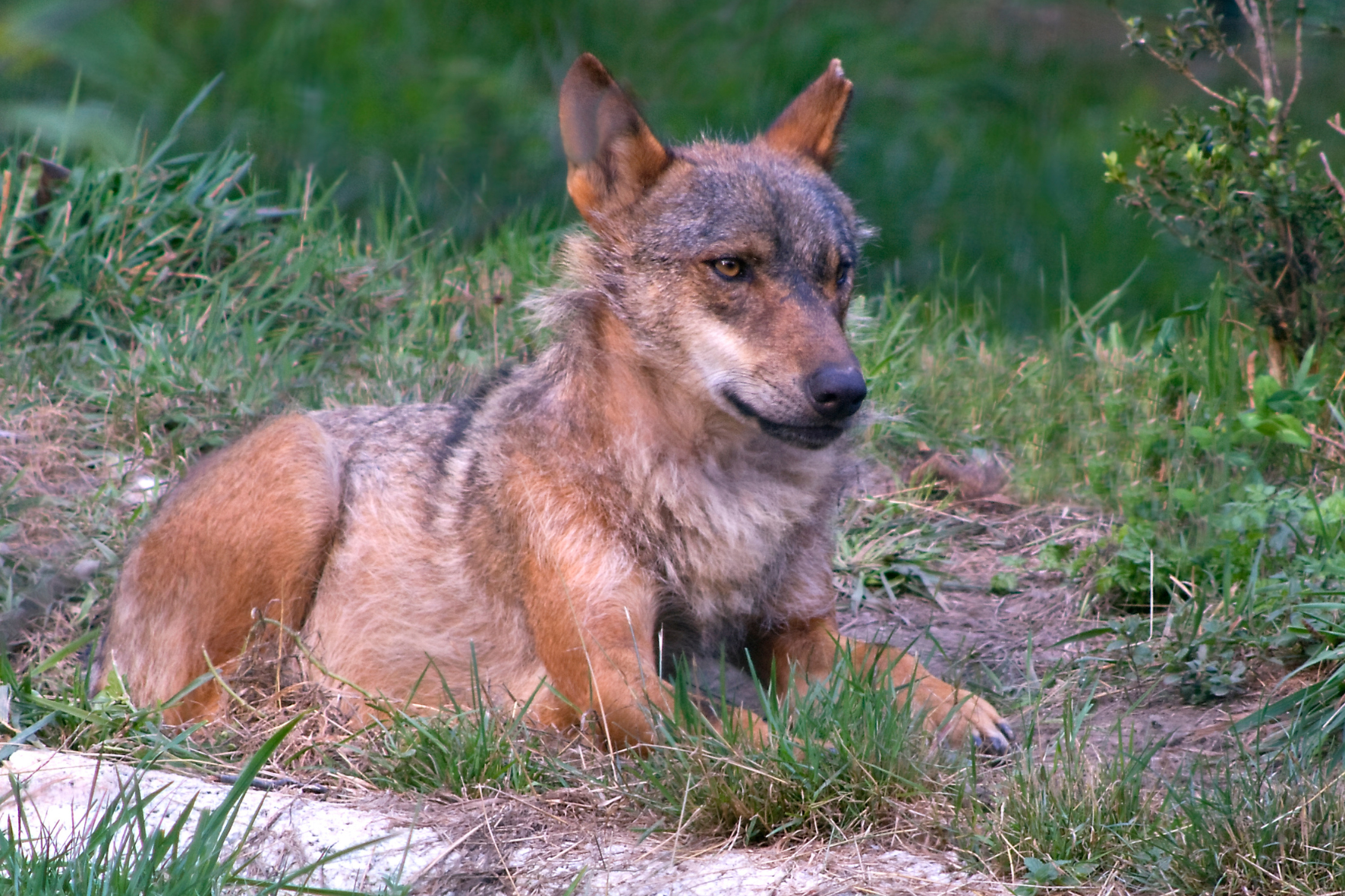The Return of Wolf Hunting in Spain

The Congress of Deputies has approved the exclusion of wolves from the List of Species under Special Protection (LESPRES), once again allowing their hunting in Spain. This decision has been hailed by the livestock and hunting sectors as a fundamental step toward responsible management of this predator, which has caused significant damage to livestock in recent years. But what led to this decision? What is the current situation of wolves in Spain? In this blog, we analyze this measure and its implications in detail.
The situation of the wolf in Spain
The Iberian wolf (Canis lupus signatus) is one of the most emblematic species of Spanish fauna. Traditionally, its presence has been concentrated in the north of the peninsula, with significant populations in Castile and León, Galicia, Asturias, and Cantabria. In 2021, the Government decided to include the wolf in the LESPRES (Spanish Forest Protection Agency), prohibiting its hunting throughout the country. However, recent studies have revealed sustained growth in the wolf population, especially north of the Duero River, where attacks on livestock have increased exponentially.
In regions such as Galicia and Castile and León, independent reports have indicated that the official census underestimated the true wolf population by more than 40%. Furthermore, in recent years, the number of packs has grown by 8% in the north of the peninsula and by up to 30% in the south of the Duero. This reality has created a serious problem for livestock farmers, who have seen their losses skyrocket without receiving an effective response from the authorities.
The wolf and livestock
The 2021 ban on wolf hunting had negative consequences for rural areas. Attacks by these predators on livestock farms have increased alarmingly, primarily affecting extensive livestock farming, which is essential for the conservation of Spain's landscape and biodiversity.
Livestock farmers have complained for years that compensation for wolf attacks is insufficient and that the lack of control of the species jeopardizes the viability of many farms. In autonomous communities such as Castile and León and Galicia, where livestock farming is an economic pillar, the situation has become unsustainable.
Furthermore, overprotection of wolves has led to an ecological imbalance. Without natural predators, their population has grown unregulated, affecting other species and generating conflicts with human activity. In countries such as France, Germany, and Sweden, where wolf hunting is permitted under certain conditions, responsible management has been shown to help minimize these conflicts.
Why has it been decided to allow hunting again?
The recent decision by Congress, supported by the PP, Vox, PNV, and Junts, responds to the need to find a balance between wolf conservation and livestock protection.
The keys to this measure are:
-
Population control : Regulated hunting will allow for the management of wolf numbers and reduce their impact on livestock.
-
Protection of the primary sector : Livestock farmers will be able to defend their farms without relying exclusively on ineffective financial compensation.
-
Adaptation to European regulations : Spanish regulations are aligned with the legislation of other European countries that have made wolf protection more flexible in response to the needs of the agricultural sector.
For the time being, hunting will only be authorized north of the Duero River, where the majority of the herds are concentrated. However, the amendment approved by Congress leaves open the possibility of extending this measure to the rest of the country in the future.

The return of wolf hunting in Spain is a necessary measure to ensure a balance between wildlife and human activities. The goal is not to exterminate the species, but rather to manage its population responsibly, as is done in other European countries. Wolf protection cannot be detrimental to the livelihoods of livestock farmers or the development of rural areas. Now, with appropriate regulation, we can move toward a more harmonious coexistence between wolves and livestock, avoiding the excesses of a poorly understood protection that has generated more problems than solutions.
Author: María Balletbó